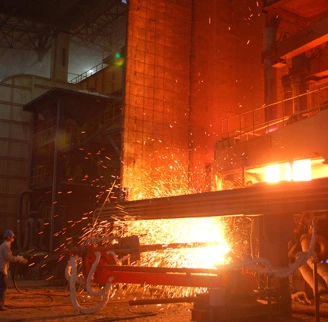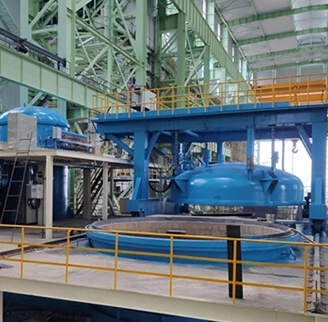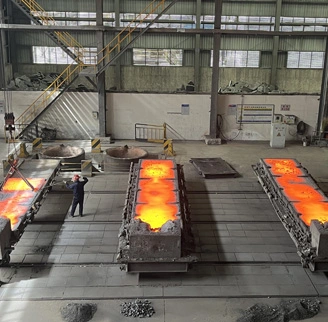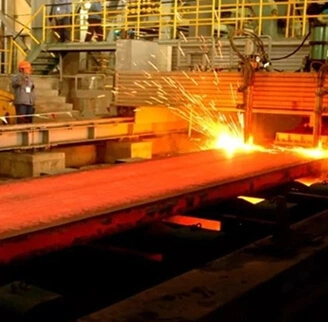Before delving into the operational mechanism and the role that various components play in a Vacuum Oxygen Decarburization (VOD) furnace, it’s vital to know what comes to mind at the term VOD furnace'. The VOD furnace is a highly specialized industrial device used in the production of low-carbon stainless steel and other high-alloy materials. The vacuum oxygen decarburization (VOD) process in steelmaking significantly reduces the carbon content in molten steel, thereby enhancing its usability, quality, and overall value.
Key Components of a Vacuum Oxygen Decarburization (VOD) Furnace
Now that we know what a VOD furnace is let's delve into its key components. The design of a VOD furnace generally entails the Vessel, the Tapping & Vacuum system, the Oxygen & Argon system, the Cooling system, and the Control system.
The Vessel: This is the heart of the VOD furnace, a cylindrical steel container where the refining of molten steel takes place. The inside of the vessel is lined with a heat-protective material to prevent thermal shocks and other detrimental effects caused by high temperatures.
The Tipping & Vacuum System: The tipping system in a VD VOD furnace aids in adjusting the vessel's angle for proper positioning during the charging and tapping stages. The Vacuum system, on the contrary, creates a low-pressure environment in the vessel, pivotal in the removal of carbon and impurities from the molten steel.
The Oxygen & Argon System: This system provides the much-needed oxygen for the decarburization process and argon for stirring the molten metal, ensuring a homogeneous distribution of heat and consistent steel quality.
The Cooling System: High temperatures are synonymous with steel manufacturing, and the VOD furnace isn't an exception. The cooling system incorporates water-cooled panels and a roof to maintain suitable operating temperatures, safeguarding the system from overheating.
The Control System: This is the brain of the VOD furnace. It coordinates all the operations, monitors the system performance, and ensures that all components are functioning correctly. Furthermore, it helps in data acquisition and analysis for optimal production efficiency.
Vacuum Oxygen Decarburization (VOD) Process in Steelmaking
The VOD furnace operates under a cyclic sequence of precise processes namely: charging, blowing, sampling and testing, tapping, and slagging. Initially, the vacuum oxygen decarburization (VOD) process in steelmaking is charged with molten steel. Thereafter, a vacuum is created in the vessel while oxygen and argon are blown in simultaneously for decarburization.
Sampling and testing are done to monitor the carbon content and the overall quality of the steel. Tapping follows, where the low-carbon steel is drained to proceed to the next stage of production. Lastly, is the slagging phase where the slag, a by-product from the refining procedure, is removed from the vessel before the onset of another cycle.
Undoubtedly, the VOD furnace plays an integral role in steelmaking, proving instrumental in today's high-quality steel production. Understanding its key components and operational secondary refining process not only enhances operational efficiency and productivity but also brings to light the incredible amalgamation of technology and innovation in our contemporary world.
In all these types of steel making furnaces, the importance of the vacuum oxygen decarburization (VOD) process in steelmaking cannot be overlooked. The ability of VOD furnaces to refine steel and give us the high-quality and reliable product that shapes our infrastructure is phenomenal and worth acknowledging. The VOD furnace ensures superior quality and performance. Indeed, the vacuum oxygen decarburization (VOD) process in steelmaking plays a pivotal role in the modern-day steel industry, making it indispensable for achieving the desired standards in steel production.
 back homepage
back homepage
 EN
EN
 fr
fr  ar
ar  fa
fa 











